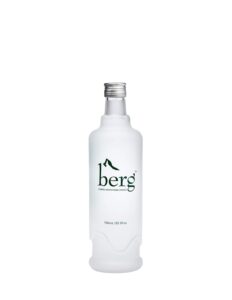In a world where health and hydration are paramount, spring water has become a popular choice for many seeking purity and natural minerals in their drinking water. However, not all spring waters are created equal, and understanding the labels can help you make the best choice for your hydration needs. Here’s what to look for when reading spring water labels:
1. Source Identification
The label should clearly state the source of the spring water. Genuine spring water comes from naturally occurring springs that are often found in mountains or hillsides. The location of the spring can significantly influence the mineral content and taste of the water. Look for specific geographical locations to ensure the water comes from a natural spring.
2. Mineral Content
One of the main benefits of spring water is its natural mineral content, which can include calcium, magnesium, potassium, and sodium. These minerals are naturally occurring and can contribute to the water’s taste and health benefits. Check the label for a breakdown of the mineral content per liter or milligram. Remember, the mineral content can vary significantly from one spring to another.
3. Purity Standards
While spring water is often marketed for its purity, it is still subject to contamination. The label should indicate that the water has been tested and meets specific purity standards. Look for certifications from reputable bodies such as the NSF International or the International Bottled Water Association (IBWA). These indicate that the water has been subjected to rigorous testing and meets high standards for purity.
4. Treatment Processes
Even natural spring water may be treated to remove contaminants or to standardize mineral content. Common treatments include ozonation, filtration, and ultraviolet light. The label should specify any treatment the water has undergone. Understanding these processes can help you decide if the water meets your personal preferences and health standards.
5. Packaging Dates and Storage Instructions
Spring water can absorb tastes and odors from its container, especially if stored for a long time or in poor conditions. Check the packaging date and look for storage instructions to ensure the water’s freshness and quality. It’s best to consume spring water within two years from the packaging date and store it in a cool, dry place away from direct sunlight and strong odors.
6. Environmental Impact
Consider the environmental impact of bottled spring water. Look for labels that indicate sustainable practices, such as water source conservation, responsible packaging, and recycling programs. Brands that are committed to reducing their environmental footprint often highlight these practices on their labels.
Conclusion
Choosing the right spring water involves more than just grabbing a bottle off the shelf. By understanding the information provided on spring water labels, you can make informed decisions about the water you drink. Remember to consider the source, mineral content, purity standards, treatment processes, and environmental impact. With this knowledge, you can enjoy the health and taste benefits of spring water while making responsible choices for your well-being and the environment.
